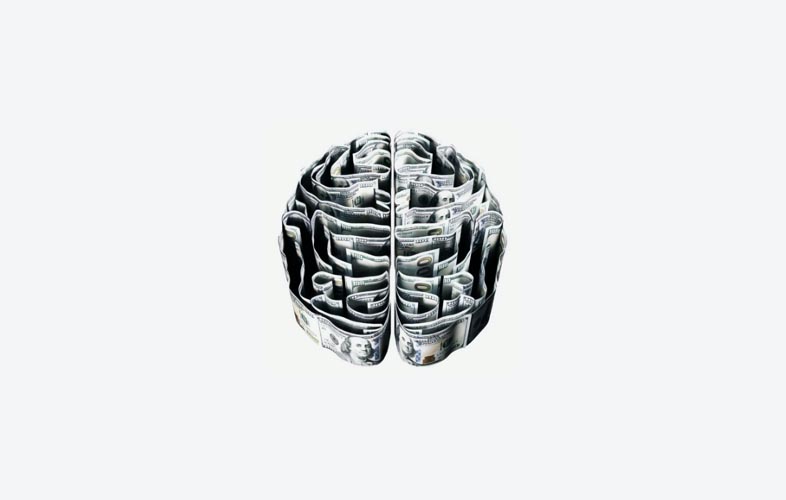
EMDR Explained
EMDR, or Eye Movement Desensitization and Reprocessing, is a form of therapy that can help people suffering from trauma, PTSD, panic disorders, and anxiety. This innovative treatment was developed over 3 decades ago. Still, its use is only now genuinely finding its footing in the therapeutic world.
The Theory
The theory behind EMDR is that bilateral stimulation can stimulate each hemisphere of the brain and parallels how memory is processed and filed away during the REM stage of sleep. The brain’s attention is split by using bilateral stimulation to mimic this function during reprocessing, allowing the emotional impact of a traumatic memory to be softened. It is thought that traumatic events are not properly filed away by the brain, resulting in the physiological responses often seen in PTSD. The brain retains those experiences as though they are actively occurring. The event must be reprocessed and filed correctly in the memory.
The Process
Trauma can impede the brain from correctly processing certain events. EMDR allows the individual to reprocess traumatic events in a safe space until the memories no longer produce symptoms and distress. EMDR consists of several phases that include:
History Taking
In this phase, the patient will provide a thorough history to the therapist, and together, they will create a treatment plan. The history will include:
- The events that created the issue to be addressed.
- Current situations that may cause distress.
- The skills or behaviors the patient wishes to learn.
This phase may take one or two sessions to complete.
Preparation
The primary goal of the preparation phase is to establish trust between the practitioner and the patient. During this phase, the therapist will thoroughly explain the theory behind EMDR and the processes used. Skills and techniques will be taught to the patient to help the patient self-soothe and remain calm when facing emotionally distressing moments. This phase can take one to four sessions to complete, though, for complex trauma, it may take longer.
Assessment
In this phase, the patient will be instructed to select a specific mental image or memory from the traumatic event that best represents the trauma. The patient will then create a statement that encapsulates the negative belief associated with the event. A positive statement that will replace the negative statement is then crafted. The positive statement is then quantified using a scale of 1-7, with 1 feeling completely false and 7 feeling completely true. Note that the metric is feeling rather than being. The negative statement is evaluated using a scale of 1-10, 1 feeling no emotional disturbance, and 10 feeling the worst possible level of disturbance. These scores set the current baseline. The goal of EMDR is to raise the positive statement score while lowering the negative statement score.
Desensitization
During this phase, the therapist will lead the patient through a series of eye movements, sounds, or taps as different aspects of the traumatic event are explored. With each session in this phase, the negative belief score should lower as the intensity of the disturbing emotions decrease. This phase can take one to three sessions per traumatic event.
Installation
In this phase, the focus is placed on increasing the strength of the positive belief or statement. Each session in this phase should increase the positive statement score as the patient begins to integrate the belief once the trauma has been processed. This phase can take two to three sessions to complete
Body Scan
EMDR treatment is not considered successful until there is no physiological response in the body when the traumatic event is recalled. In this phase, the therapist will ask the patient to recall the event and scan their body for signs of tension. If tension is found, reprocessing and installation will be revisited.
Closure
Each session will conclude with closure. This time ensures that the patient feels stable, safe and comfortable, and has the tools necessary to self-soothe between sessions.
Reevaluation
Each session will begin with a reevaluation of the patient’s progress. During this time, the therapist will check in with the patient, reexamine the treatment plan.
